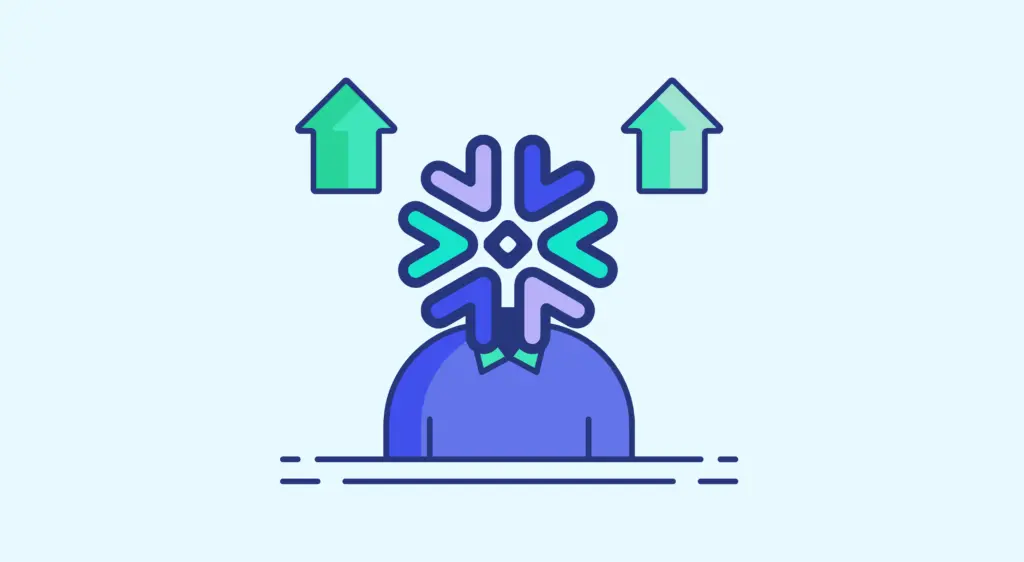A Snowflake training course teaches you how to use the Cloud-based Data Warehouse, now a must-have in the fields of Data Science and Machine Learning. Find out why and how you can learn to use Snowflake.
Since its inception in 2012, Snowflake has emerged as one of the most widely used Data Management platforms globally. Its Cloud-based Data Warehouse represents a significant breakthrough in the realm of Big Data.
While this platform shares similarities with traditional Data Warehouses, it sets itself apart with unique and highly useful features and capabilities. Notably, it eliminates the need to select, install, configure, and manage the underlying hardware.
Moreover, there is no software to install, and Snowflake handles maintenance, management, and configuration directly. Consequently, mastery of this platform is highly sought after in the corporate world. It has become an indispensable tool for Data Engineers, Data Scientists, and Machine Learning Engineers.
Why attend a Snowflake Training?
By separating storage from computation, Snowflake’s Cloud-based Data Warehouse enables independent elasticity of each of these components. This means you can expand your computing or storage capacity as and when you need to, at a very low cost. You only pay for the capacity and performance you use.
What’s more, Snowflake is compatible with most common data formats, such as JSON, Avro, Parquet, ORC and XML. It enables engineers and data scientists to interact with data via a distinct user experience, and thus streamlines the entire analytical process.
In Data Science, Snowflake saves precious time by automating data preparation and simplifying data access. The platform also integrates numerous Machine Learning tools such as DataRobot, Dataiku and Amazon SageMaker. Spark, Python and Apache Arrow connectors also provide connectivity to open source Machine Learning libraries.
It simplifies the storage, movement, transformation and sharing of data sets. It is also used to analyze data.
For all these reasons, Snowflake is one of the most widely used data management solutions today, and mastering it is a highly sought-after skill in the enterprise. It’s the key to high-paying jobs.
If you’re a Data Scientist, Data Engineer or Machine Learning Engineer, this skill offers you the opportunity to increase your salary expectations. So it’s a good idea to learn how to use this solution, which will make your day-to-day work much easier…
How to take a Snowflake training
Our program enables you to learn the job of a data engineer. Your missions will include understanding a company’s needs in terms of storage and computing architecture, building data pipelines, deploying and adapting Machine Learning models, and defining a global Data strategy.
You’ll learn to master various Data Engineering tools such as Python, Bash, Cassandra, Spark, Hadoop, Kafka, Docker, Airflow, and of course Snowflake. Don’t wait any longer and discover this innovative blended learning course. In just a few weeks, you can earn a degree certified by Sorbonne University.
If you’re already a Data Scientist, DataScientest also offers a Machine Learning Engineer training program. This program will give you the skills you need to put Machine Learning models into production. You’ll learn to master Git and GitHub, Flask, Docker, Kubernetes, Airflow and Snowflake.
Now you know how and why to pursue a Snowflake training. Among other Data Engineering tools, also explore the Docker containerization platform and the code hosting service GitHub.










